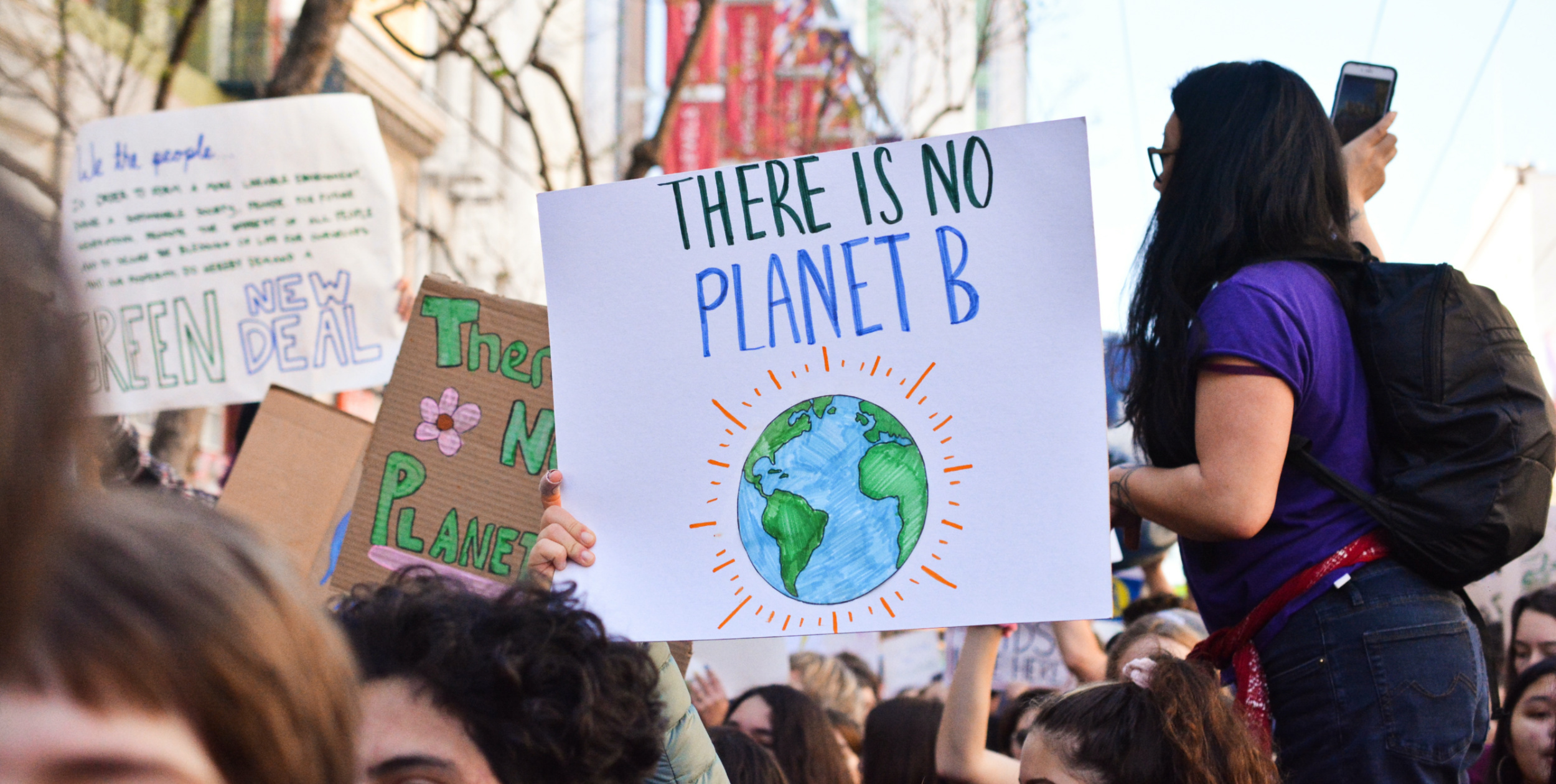There have been some hopeful signs at COP26, says Chante Harris, Director of Climate Investment & Partnerships at SecondMuse and our representative at the conference.
The early November 2021 26th United Nations Climate Change Conference of the Parties (COP26) in Glasgow, Scotland made many things clear. One of them is the role of capital. Combatting the worst effects of climate change will require a massive financial commitment from governments, industries and businesses that is currently not evident.
Public and private sector actors most responsible for the causes of climate change have committed billions of dollars to the prevention and remediation effort. Yet, undoubtedly, many trillions of dollars will be necessary to solve the crisis. Many leaders at the conference, while noting the excitement of the influx of capital in the space, acknowledge that billions of dollars is woefully insufficient. Addressing the potentially catastrophic effects of global climate change will require all sectors to recognize the urgency and significantly step up their commitments.
The global economy’s annual GDP is estimated at $87 trillion. The International Energy Agency estimates that every year’s delay adds another $500 billion to the $16 trillion needed between now and 2030 to curb carbon emissions and slow the worst impacts of climate change. To put that in context, the world’s nations already spend nearly $5.7 trillion annually subsidizing the extraction, refining, and use of fossil fuels. Diverting just three years of those subsidies to slowing climate change can help avert the sinking of whole island nations, the most catastrophic hurricanes and typhoons now increasing with frequency due to warmer air, and the disappearance of habitat for thousands of animal species from the arctic to the equator.
Hopeful Signs on Climate Change
There have been some hopeful signs, says our Chante Harris, Director of Climate Investment & Partnerships and our representative at the conference. Banks, insurers, and investors with $130 trillion at their disposal pledged to put combating climate change at the center of their work and gained support in the form of efforts to put green investing on a firmer footing. Known as the Glasgow Financial Alliance for Net Zero (GFANZ), its members include roughly 450 financial institutions in 45 countries. GFANZ is committed to accelerating and mainstreaming the decarbonization of the world economy and reaching net-zero emissions by 2050.
Watch Chante’s participation in the SHE Changes Climate – Finance Sisters (Session 4) COP26 panel.
Another hopeful sign from the forum was the plethora of nature-based solutions proposed by leaders from around the globe. Nature knows better than humans how best to reach sustainable balance and is leaving clues for us every day. Indeed, indigenous communities all over the world are engaged in these practices. The most obvious nature-based solution is planting more trees, which chew up carbon dioxide and exhale oxygen. Increasing the reach of other plant communities, like peatlands, mangroves, wetlands, savannahs, and coral reefs can also reverse the planet’s carbon dioxide levels naturally, and have he added benefit of increasing the biodiversity – one of the first victims of climate change – essential to the delicate natural balance of earth’s creatures.
These existing natural solutions are likely the least expensive and most sustainable potential solutions, but they must be divorced from the usual tenets of market economies that would commoditize them. Instead, as SecondMuse has been advocating in other realms as well, the public and private sectors must agree to recognize the value of relational wealth, which takes pains not to cause harm to the environment or to the majority of humanity even when incorporated into a market economy.
SecondMuse Principles at the Climate Change Conference
Two bedrock SecondMuse principles were flexing their muscles to create change at the conference. Here is the first: Intentional, intense, committed collaboration among a multitude of partners will be necessary to combat this global problem. Many longtime climate experts, corporations, and activists noted that there is an appetite for partnership and sharing ideas in ways they haven’t seen previously. A large part of this will need to include trust and coalition-building across borders and cultures. Regardless of our differences, we are all inhabitants of the same warming planet.
The World Economic Forum says, “partnerships between governments, the private sector, multilateral institutions and civil society will be essential to ensure we meet the UN Sustainable Development Goals and the Paris Climate Agreement targets. Governments and multilateral institutions can set targets, frameworks, and mandates for other parties to change their behaviour and use their resources both efficiently and sustainably.”
This kind of committed collaboration cannot succeed unless equity informs who has a leading voice in the decisions. Developing nations with sustainable economies are disproportionately affected by climate change, yet they still have little say in how solutions are crafted or implemented.
Second Principle: No Women, No BIPOC, No Success
Global efforts to slow climate change must include women, people of color, and Indigenous communities as equal partners. It is not possible to harness all the creativity of humanity when only .2% of philanthropic funding on climate change is going to women-led organizations. As we often observe with our “yes, and” philosophy, the issues of climate change and diversity, equity, and inclusion are interconnected and cannot be solved in silos.
More than anything for us at SecondMuse, COP26 helped make clear who is ultimately going to solve the problem of climate change. Although the conference brought together key world leaders setting the agenda for solutions, they will not be implementing those solutions. That monumental task will fall to communities, individuals, businesses, and NGOs locally, regionally, and nationally who grasp the urgency of the issue. Governments can set ambitious (or not so ambitious) goals to decarbonize, but individuals and businesses on the ground will create the innovations that ultimately transform what has so far been a series of missed opportunities into a more sustainable way forward.







